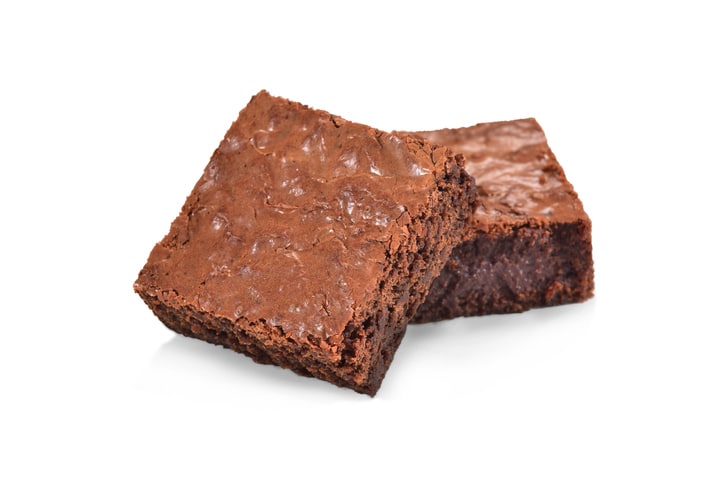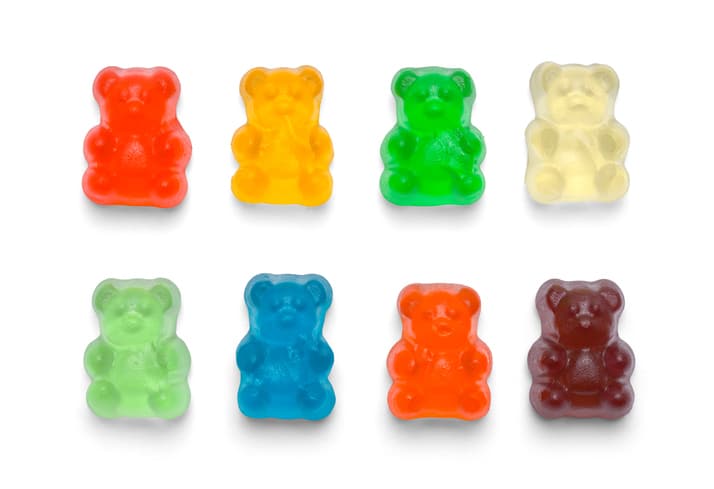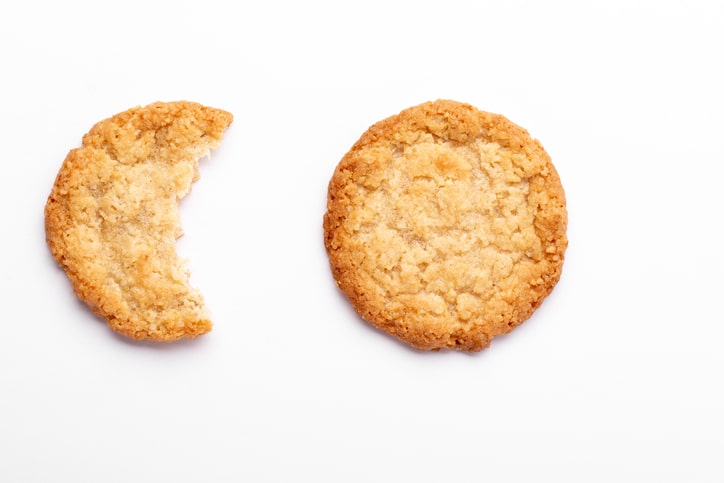
Edibles have long been a popular method of cannabis consumption. Their most popular vessel is the baked good, where cannabis-infused brownies, cookies, and other sweets are eaten to experience the effects of the plant. However, cannabis edibles in the modern age, within Canada’s regulated market, can go far beyond that.
Today, consumers can purchase such products as cannabis-infused chocolate bars, gummies, and other candies; cannabis-infused oil that may be added to recipes; and cannabis-infused drinks, such as sparkling waters, sweet drinks, and alcohol-free wines and beers.
As a licensed cannabis retail worker, you should be aware of what these products are, how they work, and what their appeal are. Read on to learn important facts about cannabis edibles.
Why People Might Use Cannabis Edibles
There are a variety of reasons why individuals may opt to use cannabis edibles as opposed to other methods of ingestion. One potential motivator is that it may be easier for those unused to the substance and harbouring hesitations to consume edibles than to use other, more traditional methods of ingestion.
Another central, related factor is that edibles are a more discreet way to use cannabis. It is a simplistic method with a low barrier to entry. No elaborate set-up or supplies are required, and edibles are highly portable.

Consumers may use edibles because it is a more accessible method of intake
One of the main benefits to edibles is that they are an effective way for individuals with certain medical conditions to use cannabis:
-for some patients smoking may not be an option
-can be easier to consume for those unused to the substance, such as seniors
-a more discreet way to use cannabis
How Edibles Work in the Body
Unlike the near-instantaneous action mechanism of inhaled cannabis smoke, edibles can take anywhere from 30 minutes to four hours to produce their full effects. Graduates of cannabis courses should know to advise retail clients of the start low, go slow rule of cannabis edibles. Individuals consuming cannabis should start by taking a low dose and should not increase their dose when faced with a lack of immediate effects.
The mechanism of action of edibles should be differentiated from sublingual cannabis products, such as strips, oral sprays, and tinctures. These sublingual products are absorbed by the mucous membrane beneath the tongue, and work much faster than edibles.

Edibles are absorbed differently than sprays
Edibles are absorbed through the gastrointestinal tract, where they are then broken down by enzymes. In addition to dosing advice, Health Canada also recommends that adults should avoid combining edibles with:
- Nicotine
- Alcohol
- Other psychoactive substances
How Cannabis Edibles Are Sold by Professionals with Cannabis Retail Certification
There is a strict legal framework governing how edibles can be sold in Canada. As a professional with cannabis retail certification, you should have a deep understanding of the nuances of this legislation. Health Canada coordinates this legislation to reduce the health risks involved with these products and keep them away from minors.
The central points governing how edibles are packaged, advertised, and sold include:
- All packaging needs to be plain and child-resistant, and not appealing to youth
- Products cannot have added vitamins/minerals
- Products cannot have nicotine or alcohol added
- Products must contain a health warning message
- Products must have ingredients, allergens, nutrition facts, and THC/CBD levels stated
Do you want to start your career by enrolling in cannabis industry courses?
Contact the Academy of Applied Pharmaceutical Sciences for more information!



